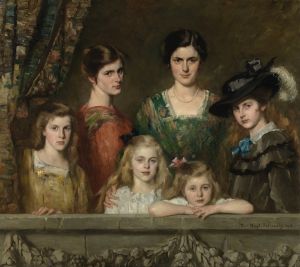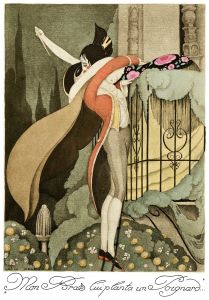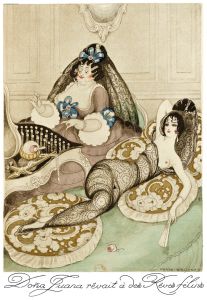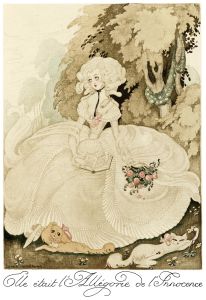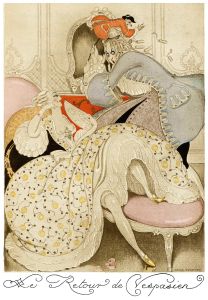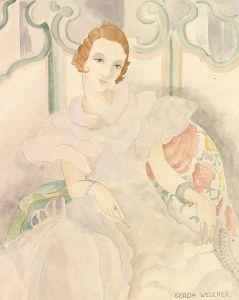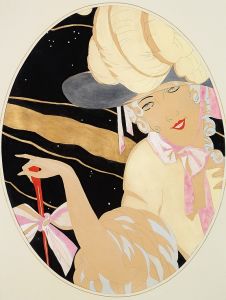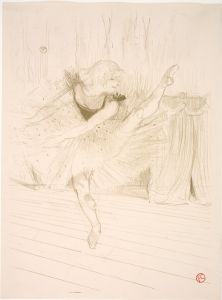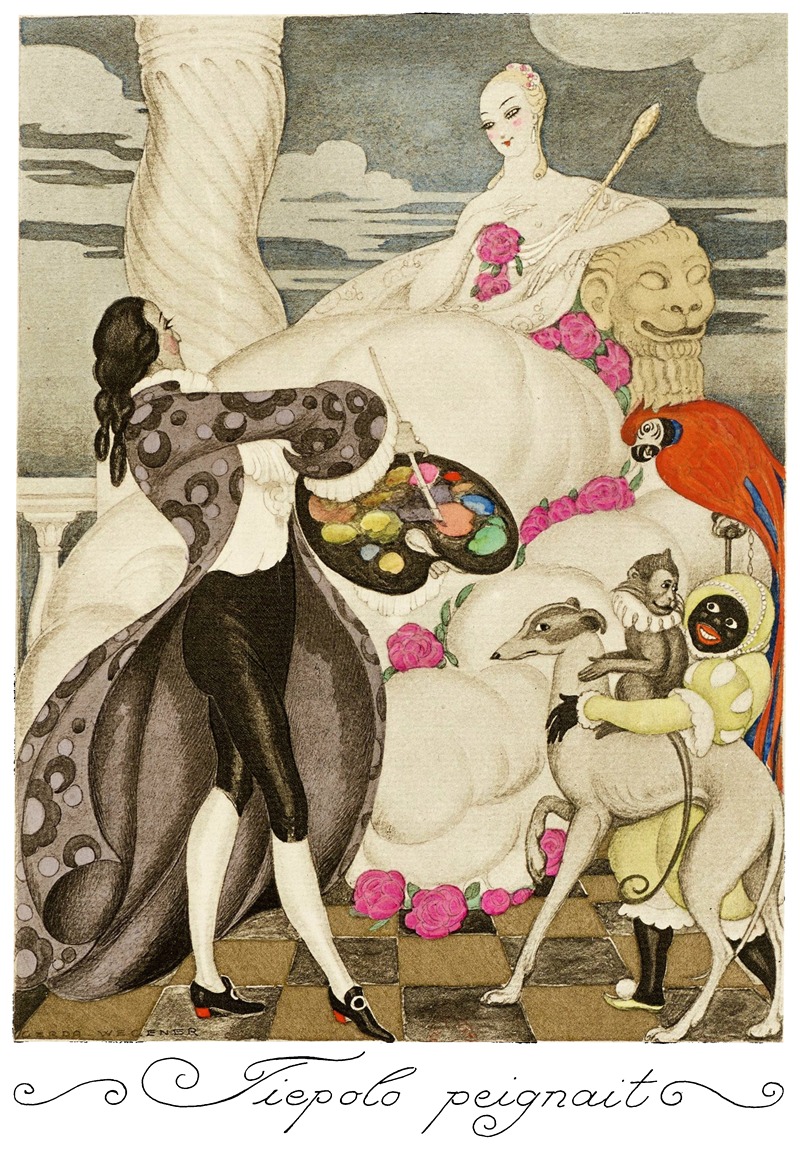
Sur talons rouges pl 05
A hand-painted replica of Gerda Wegener’s masterpiece Sur talons rouges pl 05, meticulously crafted by professional artists to capture the true essence of the original. Each piece is created with museum-quality canvas and rare mineral pigments, carefully painted by experienced artists with delicate brushstrokes and rich, layered colors to perfectly recreate the texture of the original artwork. Unlike machine-printed reproductions, this hand-painted version brings the painting to life, infused with the artist’s emotions and skill in every stroke. Whether for personal collection or home decoration, it instantly elevates the artistic atmosphere of any space.
Gerda Wegener was a Danish artist known for her vibrant and often provocative works that challenged the norms of her time. Born on March 15, 1886, in the small town of Hammelev, Denmark, Wegener moved to Copenhagen to study at the Royal Danish Academy of Fine Arts. Her career flourished in the early 20th century, particularly in Paris, where she became a prominent figure in the art scene.
Wegener's work is characterized by its Art Deco style, a movement that emerged in the 1920s and 1930s known for its bold geometric shapes, rich colors, and lavish ornamentation. Her paintings often depicted fashionable women, sometimes in intimate or erotic poses, reflecting both the liberation and the decadence of the era. Wegener's art was also notable for its exploration of gender and identity, themes that were deeply personal to her.
One of Wegener's most famous subjects was her spouse, Lili Elbe, who was one of the first known recipients of gender confirmation surgery. Elbe's transition and the couple's relationship were groundbreaking at the time and have since been the subject of much interest and study. Wegener's portraits of Elbe are celebrated for their sensitivity and insight, capturing both the physical and emotional aspects of Elbe's identity.
"Sur talons rouges pl 05" is one of Wegener's works that exemplifies her unique style and thematic interests. While specific details about this particular painting are limited, it is consistent with Wegener's broader oeuvre, which often featured elegant and fashionable figures. The title, which translates to "On Red Heels," suggests a focus on fashion and perhaps an element of performance or theatricality, common motifs in Wegener's art.
Wegener's paintings were well-received in her lifetime, particularly in France, where she won several awards and exhibited at prestigious venues such as the Salon d'Automne and the Salon des Indépendants. Her work was part of a broader movement of women artists who were gaining recognition and challenging traditional gender roles in the early 20th century.
Despite her success, Wegener's work fell into obscurity after her death on July 28, 1940. However, the late 20th and early 21st centuries have seen a resurgence of interest in her art, driven in part by a broader reevaluation of women artists and LGBTQ+ history. Wegener's life and work have been the subject of books, exhibitions, and even a film, "The Danish Girl," which brought her story and that of Lili Elbe to a wider audience.
Today, Gerda Wegener is celebrated not only for her artistic talent but also for her role in challenging societal norms and exploring complex themes of identity and transformation. Her paintings continue to captivate audiences with their beauty, boldness, and emotional depth, securing her place in the canon of early 20th-century art.





